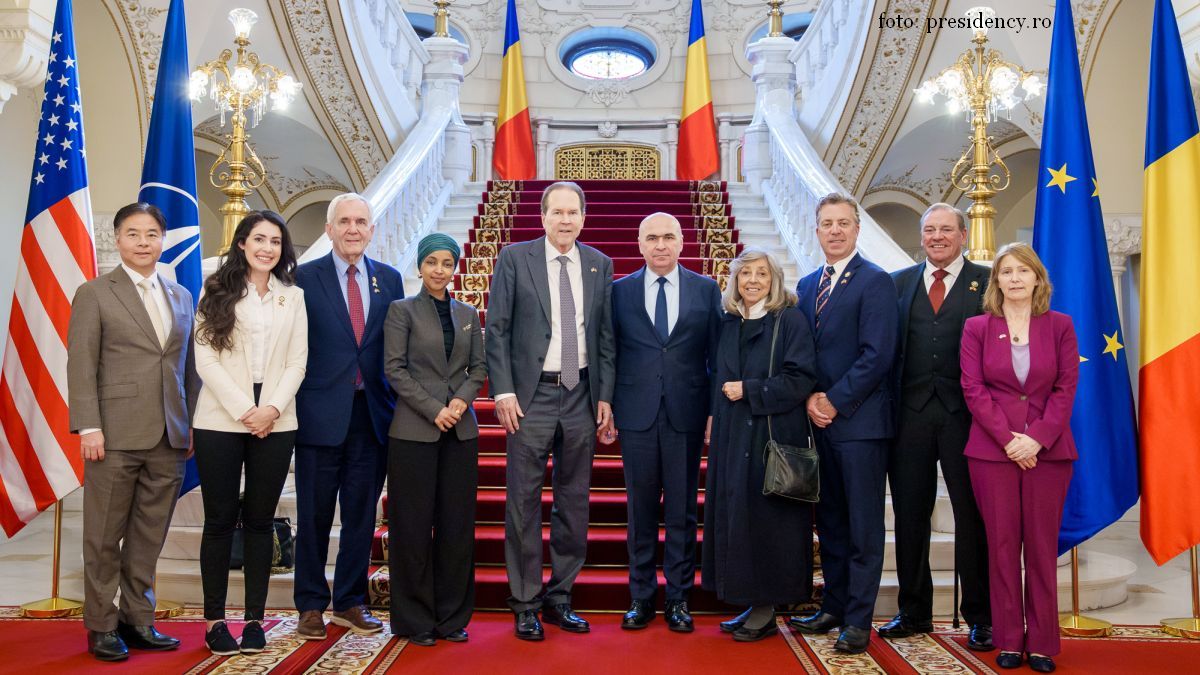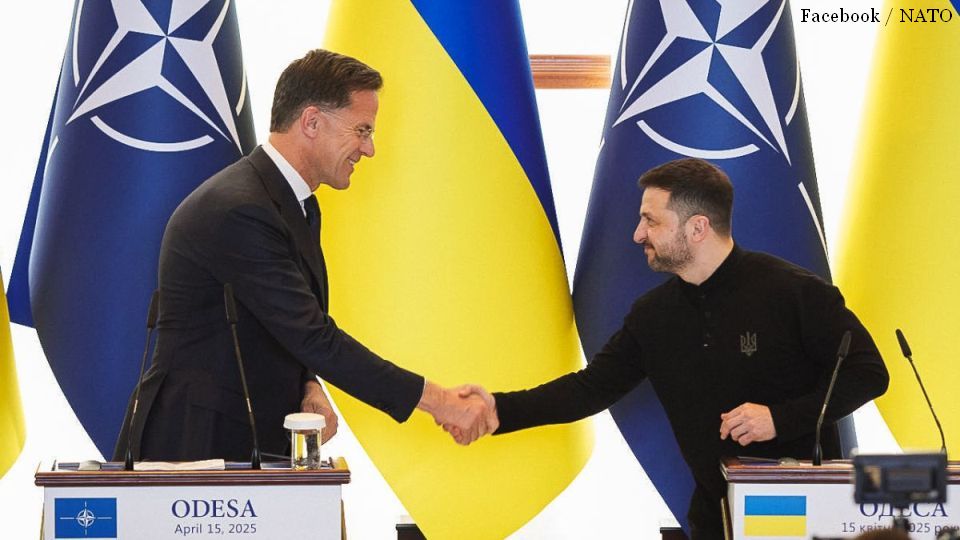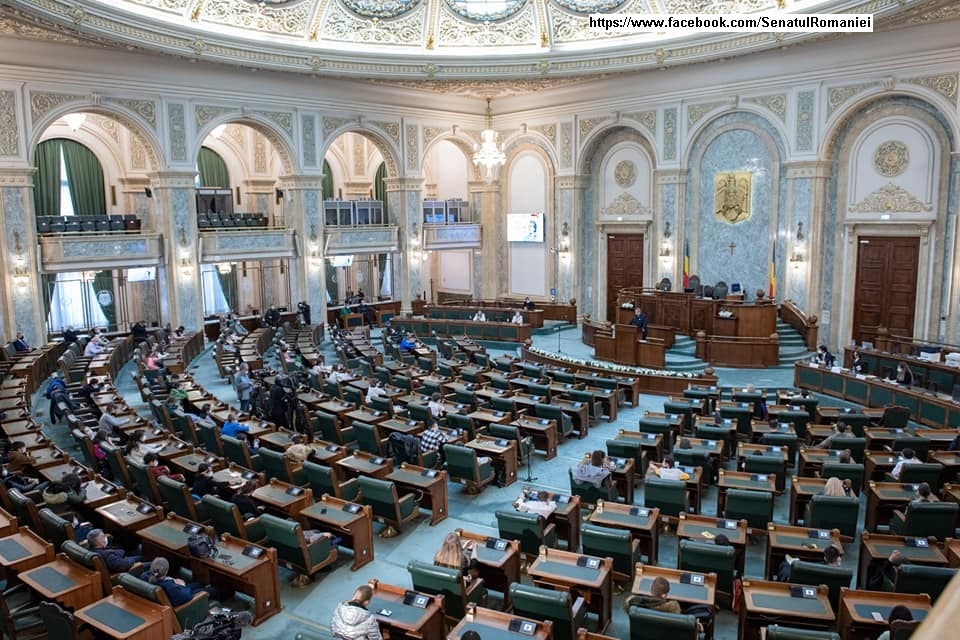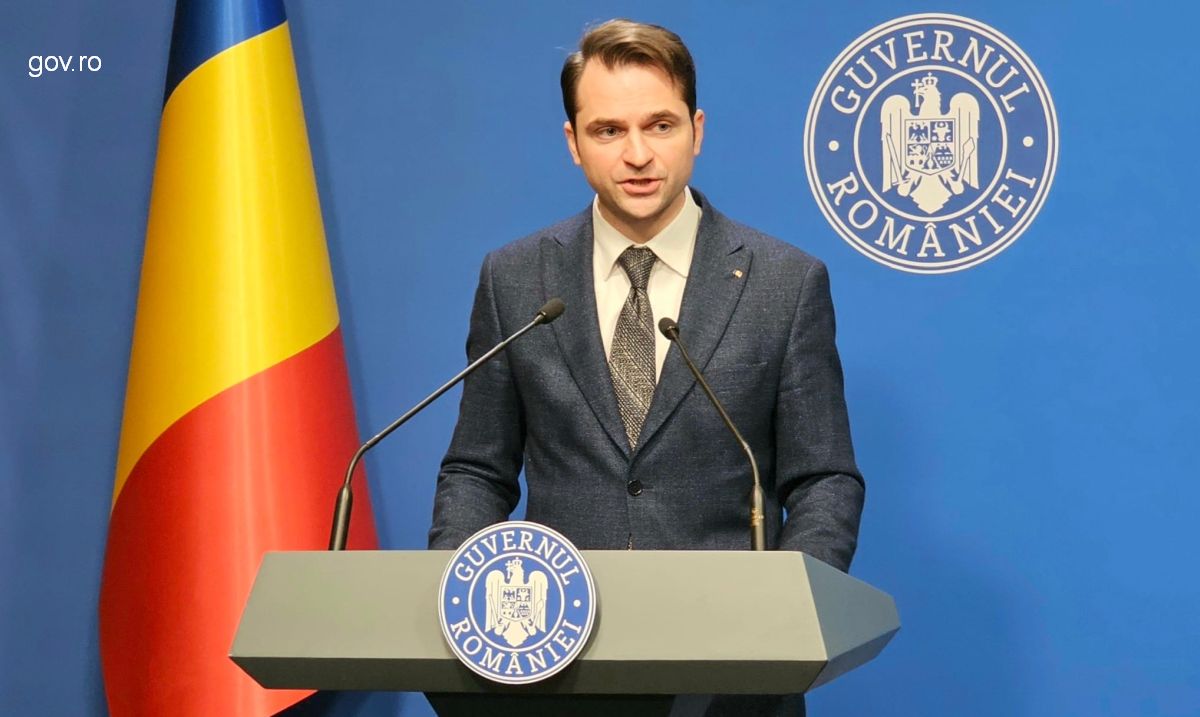Romania sees fall in foreign investment
Direct foreign investments in the Romanian economy dropped by more than a third last year.
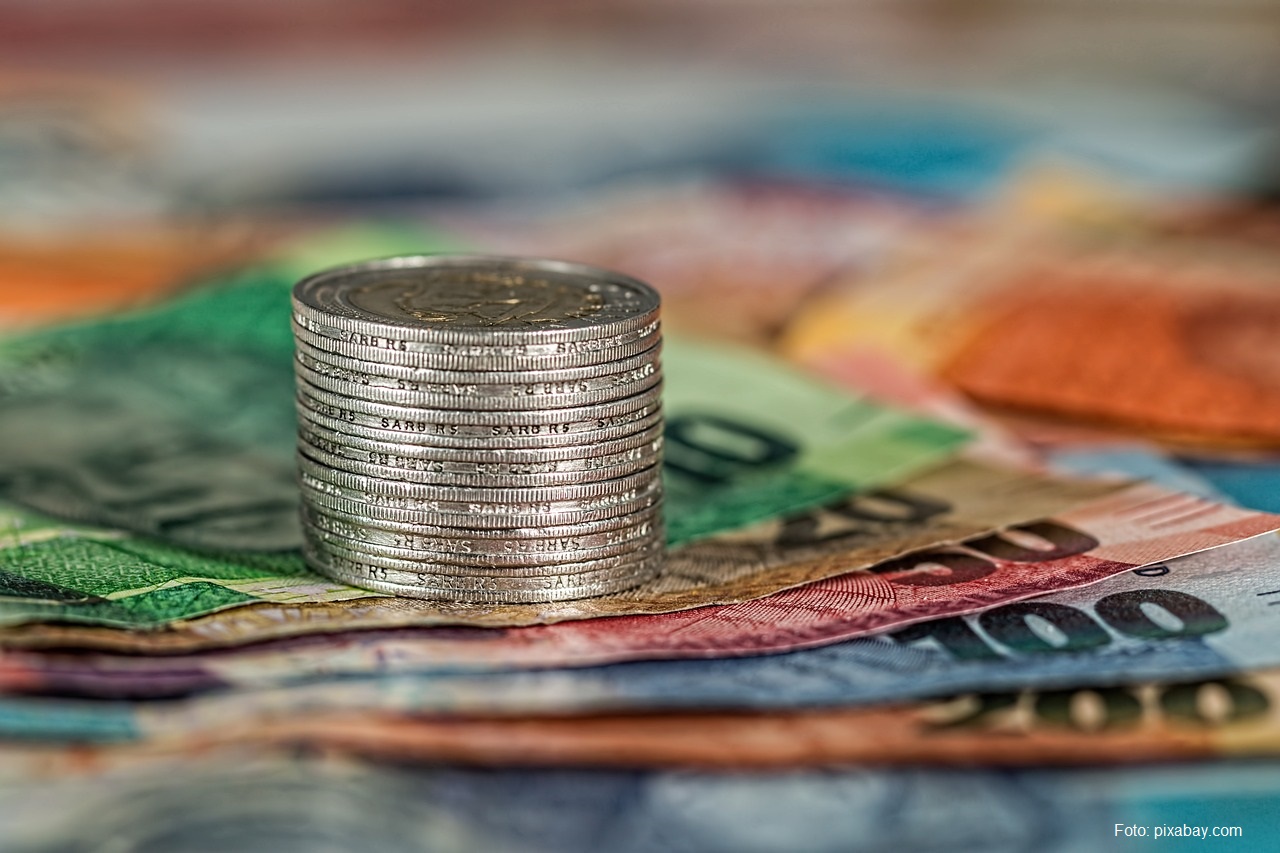
Bogdan Matei, 01.10.2024, 13:50
The National Bank of Romania announced a significant drop in direct foreign investments last year compared with 2022. Their net flow in 2023 reached almost 6.75 billion euros, down 36.3% compared with the record level recorded in the previous year. According to Central Bank experts, this is in line with an international trend and can be mainly attributed to economic uncertainties and geopolitical tensions, especially in the context of the extended war in Ukraine and the conflict in the Middle East, which has made foreign investors adopt a more cautious approach. Their reticence, others say, was amplified by what some describe as the problems of Europe’s French-German economic engine.
The main areas that attracted foreign investments in Romania were industry, financial mediation, insurances and trade, and the total of direct foreign investments absorbed by the Romanian economy reached 118 billion euros at the end of 2023. Financial analyst Adrian Codirlaşu, the vice-president of CFA Romania, notes that this downward trend continued in 2024, amounting to 800 million euros less. Experts say it’s a gap that could be filled by domestic investment.
According to the relevant minister Adrian Câciu, the total amount of investments from the Romanian state, financed either by national funds or European non-reimbursable funds or by the National Recovery and Resilience Plan, amounts to 155 billion euros, around a half of GDP. The government recently announced the launch of a package of strategic programmes to develop the economy, and the most important is the national programme to support big industry worth 1 billion euros. A state aid scheme worth 500 million euros is also envisaged, as well as tax reliefs for strategic investments of over 150 million euros in the processing industry. The beneficiary must create directly at least 250 new jobs and develop in the regions with a GDP level below the national average.
The government also promised 250 million euros per year for companies investing in the production of industrial raw material. All this, the authorities admit, cannot be achieved without a public-private partnership. They also warn that Romania will have to continue borrowing in order to carry through the major projects it has begun, including the building of motorways, hospitals, stadiums and new sports facilities, the refurbishment of schools and the modernisation of ports and railways, but say loans will be reimbursed naturally, through what they call economic ecosystems created by these investments.

